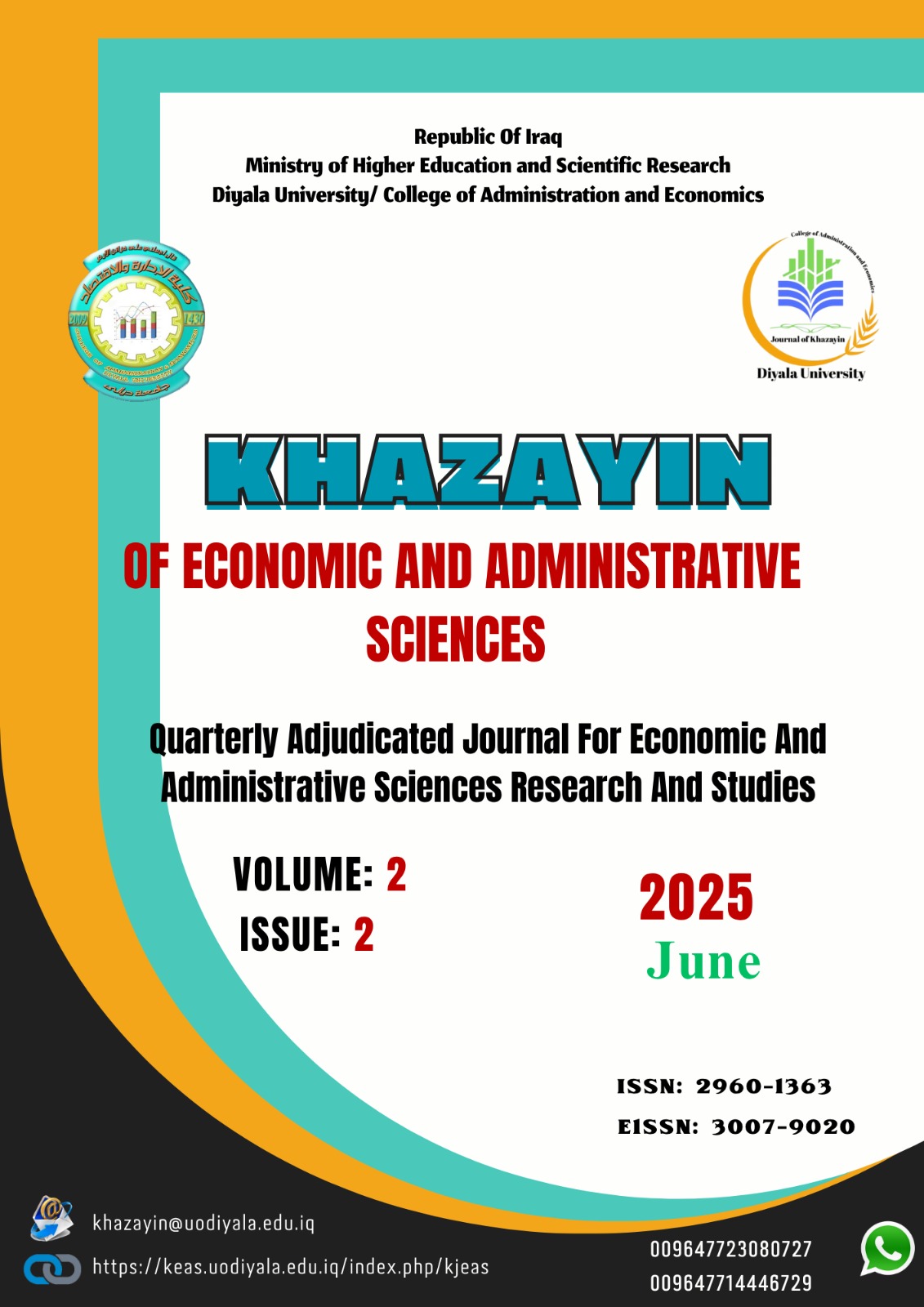A Particle Swarm Optimization Approach to Fine-Tuning Machine Learning Models for Diabetes Prediction
DOI:
https://doi.org/10.69938/Keas.25020210Keywords:
Machine Learning, Particle Swarm Optimization, Support Vector Machine, Diabetes, classificationAbstract
Diabetes has been calculated as one of the greatest common health problems that several people are at risk of growing. Diabetes classification is a difficult work that needs accurate and effective Machine Learning models to help clinical choice-making. This paper examines the optimization of Support Vector Machine models utilizing Particle Swarm Optimization to find the model hyperparameter to increase predictive performance. Different test sizes 0.2, 0.3, and 0.4 were assessed, and the models were tested using two kernel functions: Radial Basis Function and polynomial. The results display that the Support Vector Machine-Particle Swarm Optimization hybrid method substantially enhances accuracy, Areia Under Curve, and decreases Mean Squared Error compared to the classical Support Vector Machine model. The Support Vector Machine-Particle Swarm optimized model, utilizing the kernel polynomial, earns a steady accuracy of 0.99 over all test sizes, surpassing the classical SVM with the Radial Basis Function kernel, which had a decrease in accuracy ranging from 0.84 to 0.90. However, the AUC values in the optimized model were steadily high, achieving 1.000 at a test size of 0.4, showing the model’s higher classification ability. These results recommend that PSO is an efficient optimization technique for optimizing SVM parameters, leading to enhanced performance in diabetes classification.

Downloads
Published
How to Cite
Issue
Section
License
Copyright (c) 2025 Khazayin of Economic and Administrative Sciences

This work is licensed under a Creative Commons Attribution-NonCommercial 4.0 International License.











